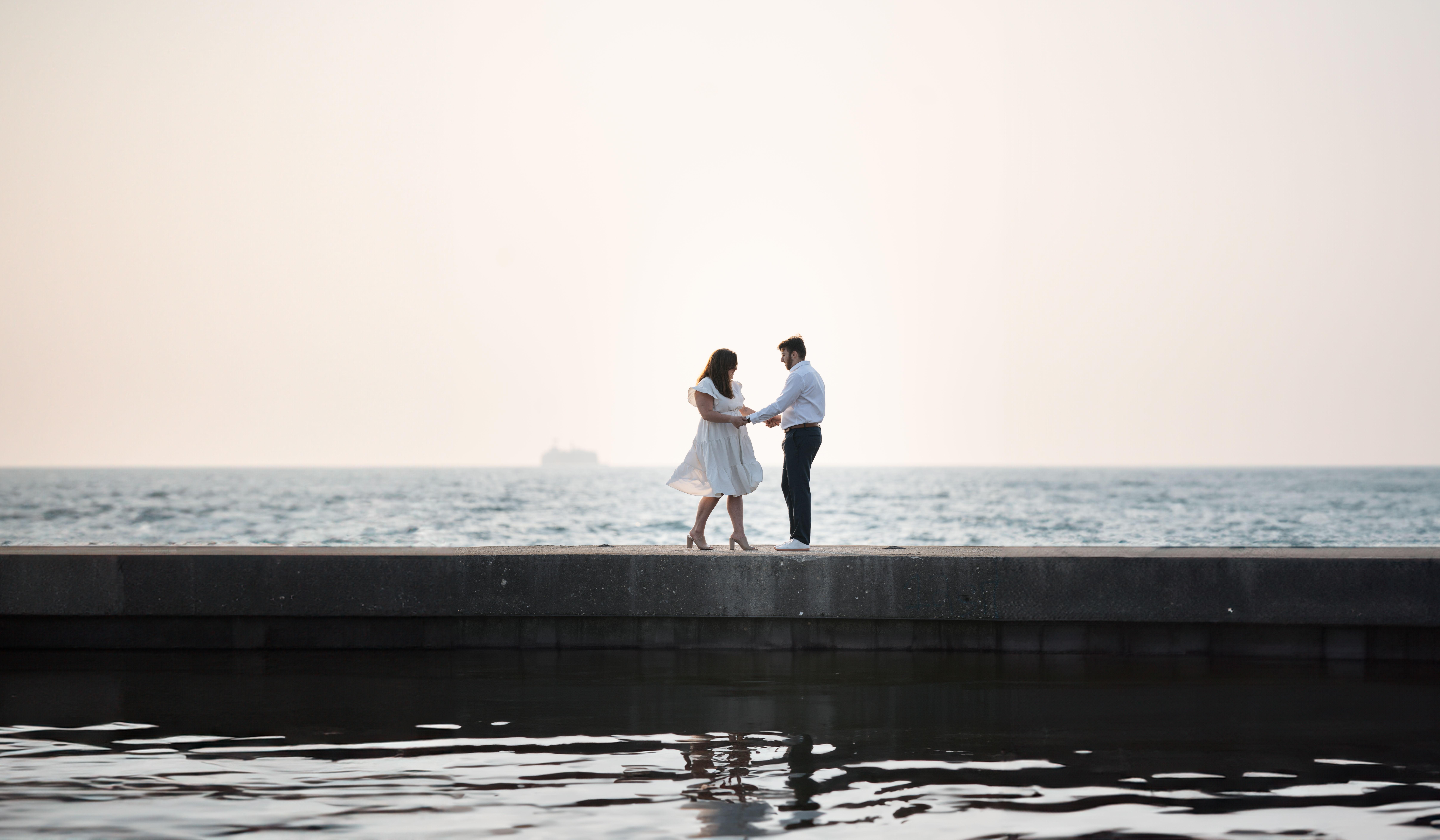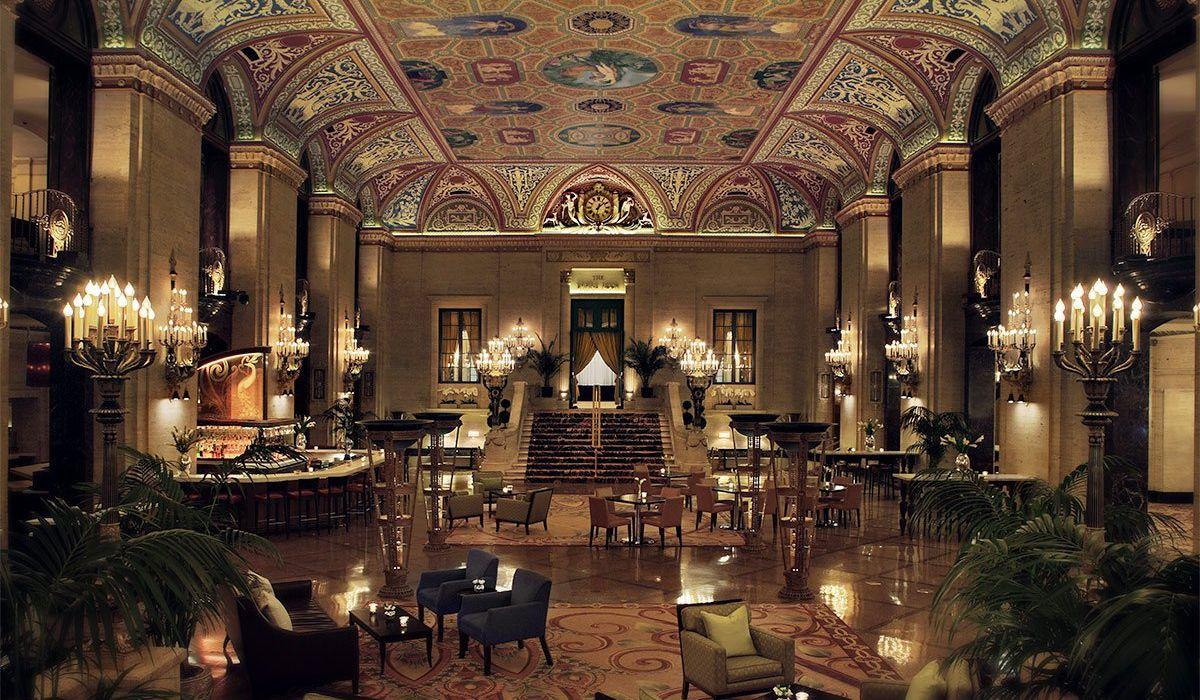
Max Seeley
Savannah Hinde
December 16, 2023
About Us
Stay Tuned
History of the Garfield Park Conservatory
Often referred to as “landscape art under glass,” the Garfield Park Conservatory occupies two acres of public greenhouse space and 10 acres of outdoor gardens. In the late 19th century, each of the three large West side parks had its own small conservatory and propagation greenhouses. After 20 years of use, these conservatories had fallen into disrepair and administrators believed it redundant to show similar plant collections in three facilities located within close proximity of each other. In 1905 Chicago’s West Park Commission’s general superintendent and chief landscape architect, Jens Jensen, demolished the three smaller greenhouses in Humboldt, Douglas and Garfield Parks to create what was intended as “the largest publicly owned conservatory under one roof in the world” in Garfield Park. Many of the original plantings came from the three earlier conservatories. Constructed between 1906 and 1907, and opened to the public in 1908, the Garfield Park Conservatory was designed by Jensen in collaboration with Prairie School architects Schmidt, Garden and Martin and the New York engineering firm of Hitchings and Company. It represented a unique collaboration of a prominent landscape architect with architects and engineers. Jensen conceived the Conservatory as a series of naturalistic landscapes under glass, a revolutionary idea at the time. The simple yet strong shape of the structure, which is meant to emulate the haystacks of the Midwest, complements the collection of plants and foliage that it houses. Located in the midst of historic Garfield Park on Chicago’s West Side, the Garfield Park Conservatory is one of Chicago’s best kept secrets and one of the nation’s botanical treasures. It ranks among Chicago’s most unique sites, attracting visitors from a variety of cultures, disciplines and interests.
History of Palmer House
Potter Palmer was a Chicago business magnate—well-known for a variety of endeavors, including his significant role in the development of downtown Chicago’s iconic State Street. Bertha Honoré Palmer was a wealthy socialite who also had the drive to learn and succeed. An introduction by Potter’s former business partner, Marshall Field, sparked a romance—and eventual engagement—between Potter and Bertha that led to perhaps one of the most extravagant wedding gifts of all time – Palmer House. It was a grand Chicago Hotel—one destined to take its place among the most luxurious hotels in Chicago and beyond. However, only 13 days after its grand opening, the Palmer House fell victim to the Great Chicago Fire. But that didn’t deter Potter. Determined to rebuild his hotel, Potter secured a $1.7 million loan–negotiated on his signature alone. On November 8, 1873, the new Palmer House welcomed its first guests, marking the opening of what would become the nation’s longest continually operating hotel. Shortly after befriending Claude Monet in France, Bertha Palmer began decorating the Palmer House with paintings and other pieces inspired by her French heritage. She eventually accumulated the largest collection of impressionist art outside of France. The Palmer House was bedecked with garnet-draped chandeliers, Louis Comfort Tiffany masterpieces, and a breathtaking ceiling fresco by French painter Louis Pierre Rigal. The fresco was described by columnist George Will as “a wonderful protest of romance against the everydayness of life.”
